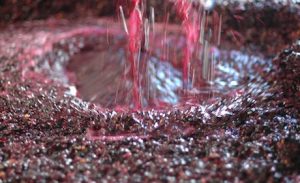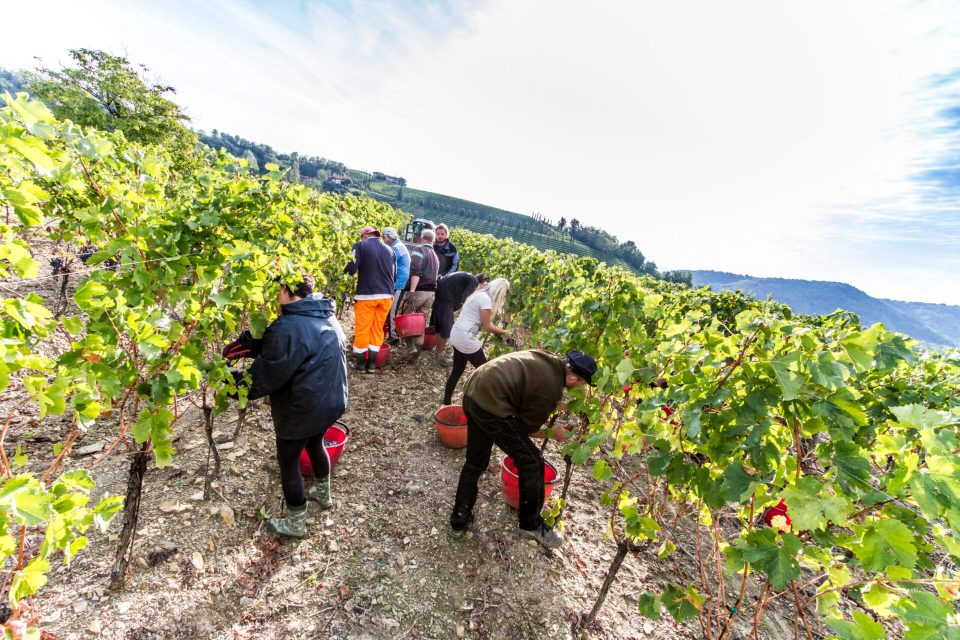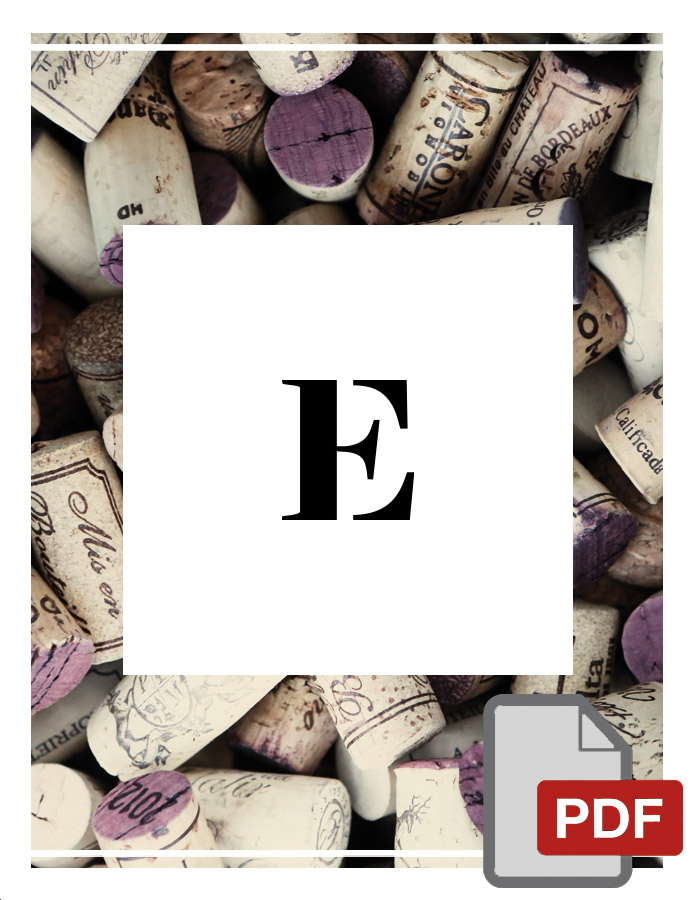Learning about wine
Winemaking: from grapes to must

Hello everyone, in all our wine descriptions, we talk about winemaking assuming that everyone knows what it is and how it works. However, I think that not all those who love wine and take joy in drinking it are experts. That’s why I thought of opening a small column dedicated to winemaking. In a series of articles that I will publish every Friday, I will explain all the steps that are taken in the cellar to give birth to this wonderful nectar that we all love.
I hope you like the idea let me know in the comments if there is a particular topic you want me cover and if if you like you read.
The Harvest
First of all you must know that the decision to harvest is taken after several checks that follow the evolution of the grape. We are talking about the concentration of sugars, acids, polyphenolic components and perfumes. Once the desired parameters are reached, the winery proceed with the harvest. Also due to the positioning of the vineyards (often in the hills or even in the mountains), harvesting in Italy is almost always done manually. Manual harvesting is certainly more delicate and allows, a first selection of the bunches which are then placed in wood or plastic boxes. The boxes placed on the tractor and quickly brought to the cellar.
What is the must made of
Once in the cellar, the transformation of the grapes into must begins. The must is the juice obtained from the crushing or pressing of the grapes. The must is composed of about 75% water, 20% sugar and the remaining 5% organic acids, polyphenols, odorous substances (the scents of grapes); pectic and nitrogenous substances; minerals, vitamins, enzymes and microorganisms.
Sugars
Sugars are essential for transforming must into wine. The quantity of sugar in the must can vary a lot and depends on the quantity present in the grapes. In the grapes used to produce dry wines the quantity varies between 17 and 23%. In grapes left overripe the quantity increases between 28 and 30% and in dried grapes it reaches even 40%. Note: If the must rich in sugar, the wine will be high in ethyl alcohol.
Acids
Like sugars, acids are also essential for transforming must into wine. Acids are divided into fixed and volatile. I’m not going to point them out one by one, you just need to know that the fixed ones do not tend to volatilize during fermentation while the volatile ones do. When we talk about the acidity of the must but also of the wine, we are referring to the fixed acidity that give freshness and make the wine pleasant. The overall acidity of the wine is given by the sum of the fixed and the volatile ones and is generally between 0.7 and 1.1%.
Polyphenols
They are crucial in characterizing the personality of the wine. The color, the structure, the tannins, even the longevity of the wine, depend in part on the quantity and quality of the polyphenols present in the must.
Odorous Substances
The percentages available in the must greatly depend on the type of grape; they derive almost completely from the grape skin and come out during crushing, pressing and fermentation. They manage to enrich the wine with initially almost imperceptible aromas.
Pectin Substances
They are normally present in the must in small quantities, except in grapes affected by noble rot where they make wines particularly soft.
Minerals and Vitamins
They help the yeasts to develop and to carry out the fermentation processes in the best possible way. The most important vitamin of all is the vitamin B because it helps speed up the alcoholic fermentation.
The Enzymes
Finally, in addition to various microorganisms, the must also contains enzymes; which are, proteins that increase the speed of chemical reactions.
Well, I’ll stop here for today. Next week we will talk about the treatments and corrections that are done to the must before making wine.
But here are my tasting suggestions for today…as a white try the Friulano from the Obiz winery and as a red I would opt for the house Merlot that we created with the Marinig winery
Have a nice weekend!





